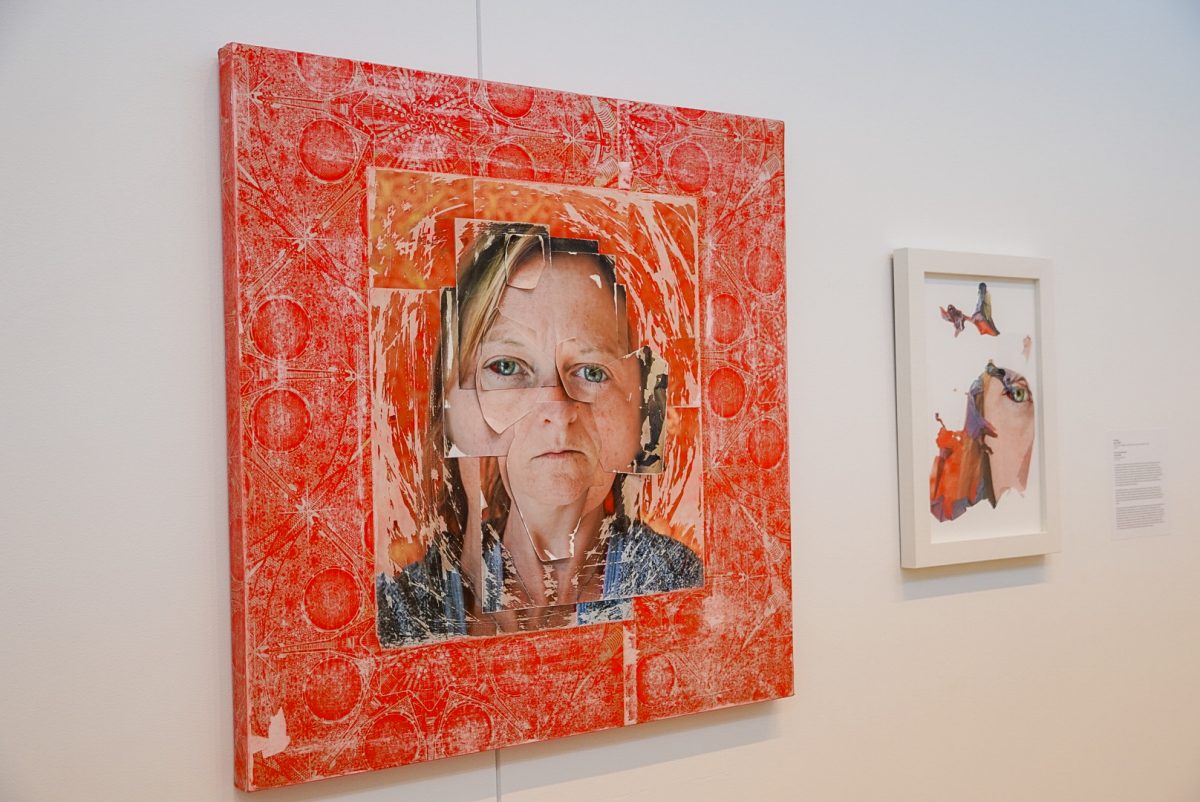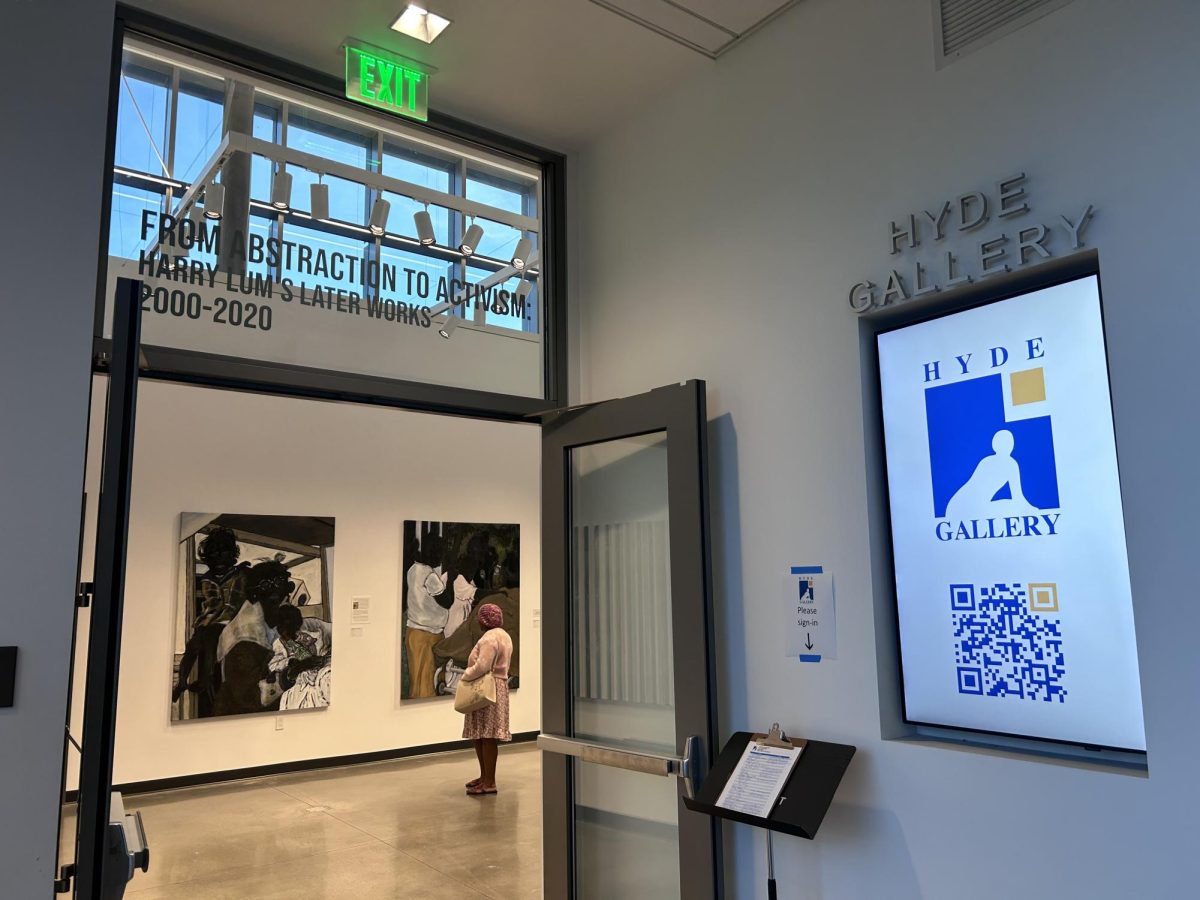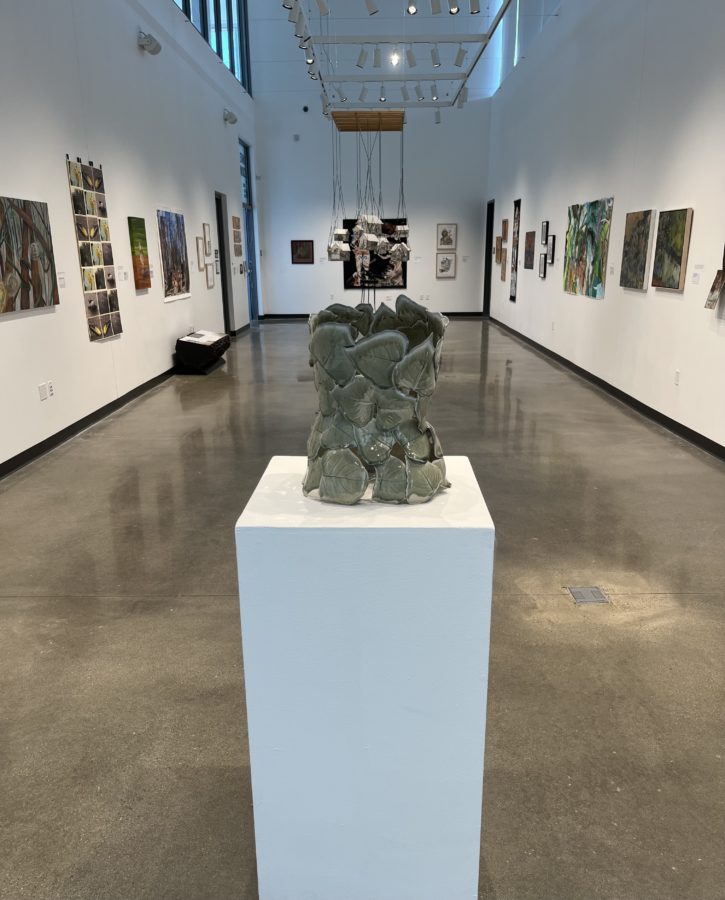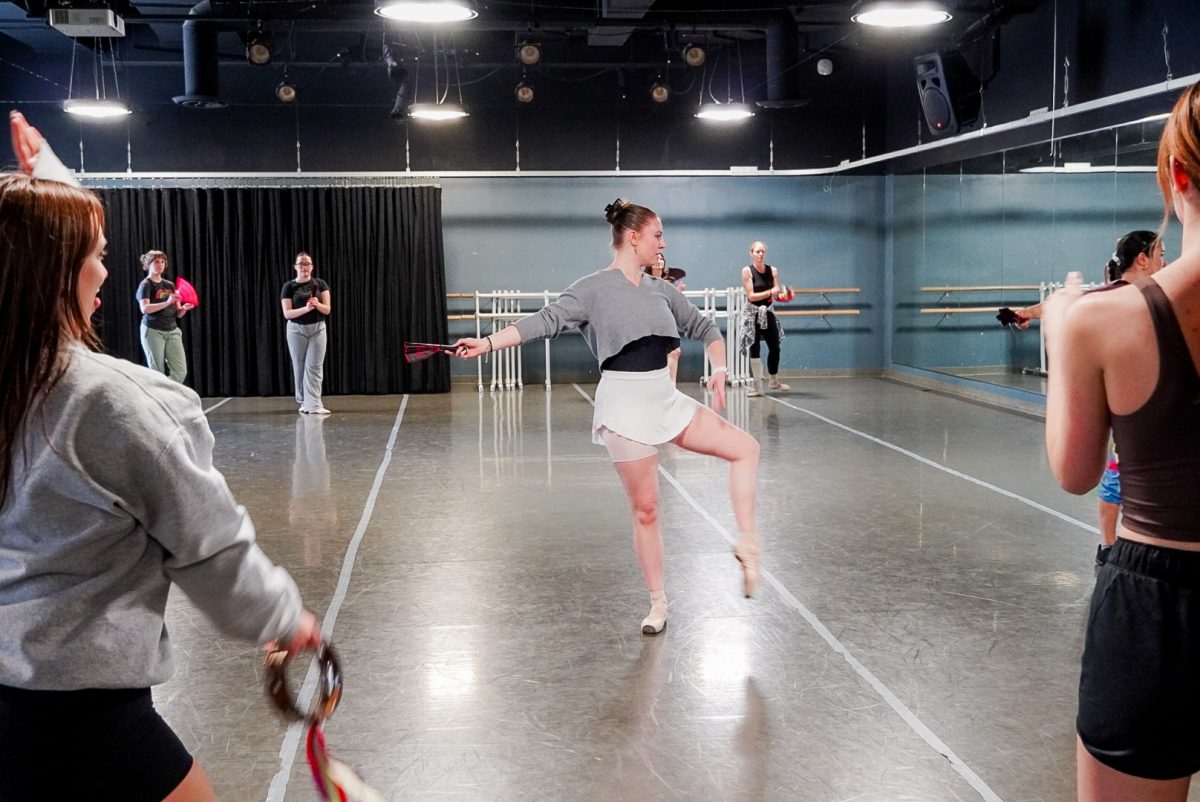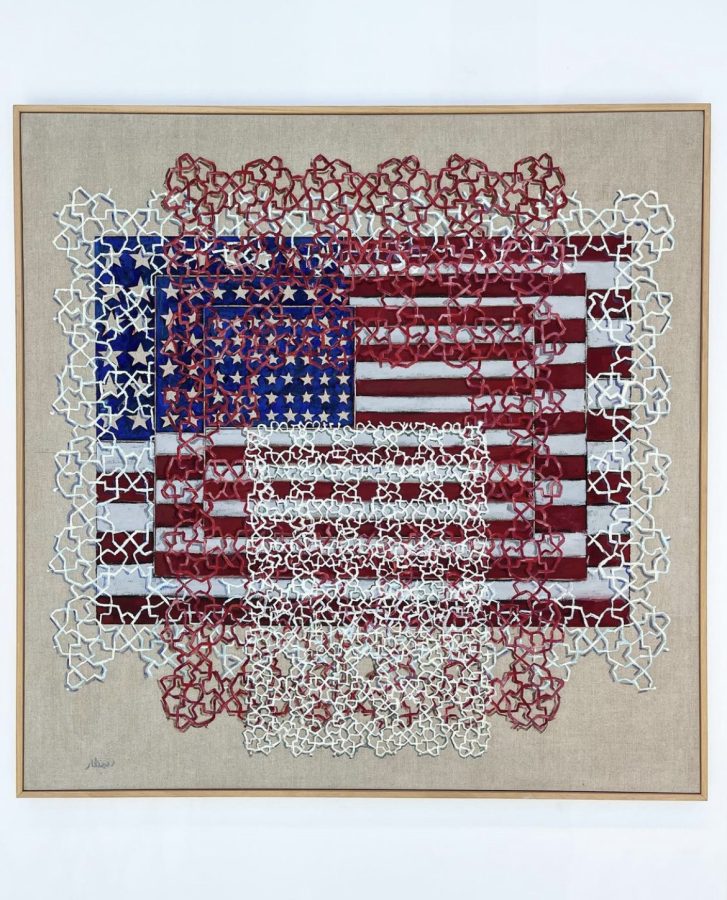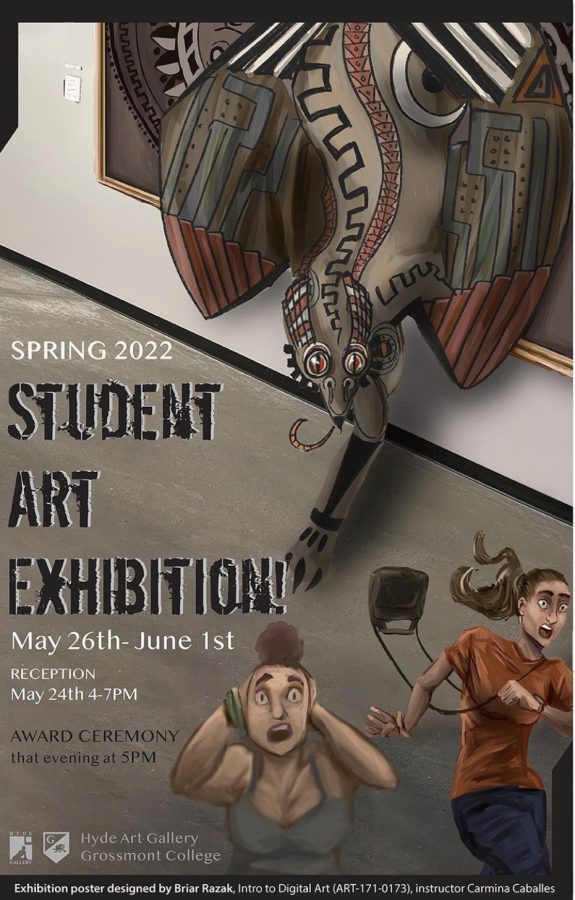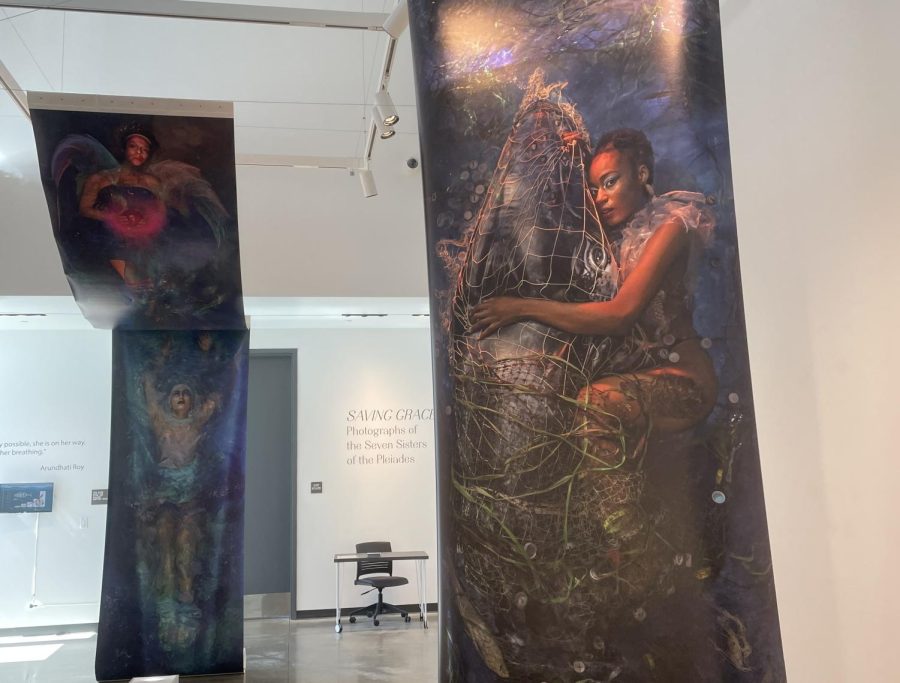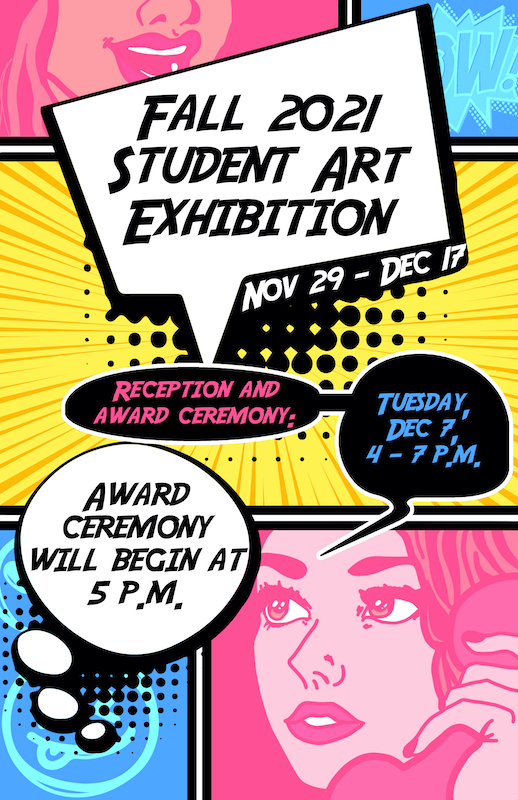This collection, where participating artists explore their narratives by sharing their visible and invisible wounds through art, was co-curated by artists Annie Claflin and Ted Meyer.
The art pieces exhibited at the Gallery educate and reveal that art is not only a tool to express pain, but a tool that helps with healing. The participating artists educate viewers on different subjects such as war, cancer, sexual assault and mental health.
Art offers an opportunity for artists who experience trauma to verbalize their inner emotions without having to talk about them. It can also be a “safe space” for victims by reducing stress, as well as it can help intercede with feelings of guilt.
The Hyde Gallery is free for students to come in at any time the gallery is open and look at any artwork that is being exhibited. However, the Gallery has been struggling with bringing in a bigger audience to participate in the exhibitions.
Gallery Director Alex DeCosta said, “The Gallery has always struggled with students not even knowing that it exists on campus… One of the best ways to get students in is for faculty to include what is in the gallery, the program in the gallery, as part of their curriculum.”
He also mentioned that the English Department does writing assignments based on the artwork that is on display and the Psychology Department sometimes brings classes in to do a psychological analysis of an artwork. Having students from classes and majors other than Arts can be a great way to get students involved with the Gallery’s work, as well as help with the advertisement of the Gallery.
“That type of cross-departmental collaboration is really what drives student engagement,” said DeCosta.
The Gallery brings in visiting artists to influence student artists which helps them explore different ways to work and introduces different concepts they can use in their work. There are about two or three exhibitions of visiting artists series per semester and the last show of every semester is reserved for student work.
DeCosta mentioned that each class is allowed three submissions, where students decide among each other who should submit their work for exhibition in the Gallery. Students that show work in the Gallery can add that to their resume which helps them build a list of exhibitions they have been a part of.
As the Gallery Director, DeCosta mentions that his main job is to make artists look good. “Having an artist be happy with how their work is shown, to be impressed, to come into a show and be like ‘wow this looks really amazing’, that is really rewarding for me,” DeCosta said.
During an interview with one of the artists whose artwork is on display at the Hyde Gallery, I learned more about the initial process of creating an art piece, as well as the reason behind the work. Artist Linda Litteral, had her artwork called “What Was Lost: One Year Old” displayed at the gallery.
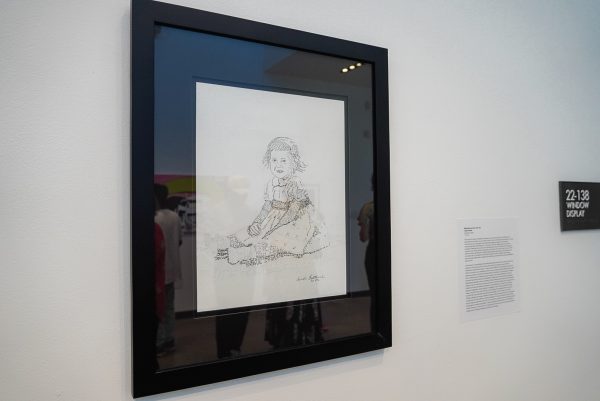
Litteral’s artwork is part of a series of images of herself from when she was very young. She explains to me that as an incest survivor, this work represents the loss that can occur when a child becomes a victim of sexual abuse or incest. Litteral uses words to draw the images, and the words are examples of feelings that can be lost or damaged from abuse.
The words she used to create this artwork were: innocent, brave, strong, fearless, bold, open and decisive. She mentions the words she used to define children, and those words describe what she lost when she went through sexual abuse.
“Nobody wants to talk about the topic of childhood sexual abuse, but I think it is very important that our society starts to address it,” Litteral said. She also shared that she teaches at Las Colinas Women’s Jail where over 80% of the population was once sexually abused which, she says, gives people an idea of what kind of damage sexual abuse does to children and how it affects their lives.
“When I first started talking about it, I was in my thirties before I ever talked about it. There was nowhere to go… It happened to me in the fifties and sixties so there was nowhere to go for a child to, you know, to be safe, or to say anything. You just did not talk about these kinds of things,” Litteral said.
When healing from a trauma, there are many ways to take the first step. Some people decide that therapy is the first step, while others decide to express their feelings through art. The healing process can happen as slowly or as fast as one decides. Trauma victims have many resources and places to go nowadays, which is a different reality from many people who have dealt with trauma a few decades ago.
“My advice is to listen to yourself and go with what feels right when you are trying to heal,” Litteral said.
Litteral also mentioned that during many of the art shows she has participated in, a few people walked up to her and said they had experienced something similar. Exhibitions such as this one can not only be a good opportunity for artists to share their work and for students to learn new concepts, but it can also be an opportunity for victims to feel like they have a community and resources to rely on when trying to escape a traumatic situation.
If you are interested in attending the “Trauma: Artists’ Reflections on Healing and Resilience” exhibition, please visit the Hyde Art Gallery at the Performing and Visual Arts Center, Building 22 at Grossmont College Drive, El Cajon, California.
If you or anyone you know is a victim of sexual abuse, please dial the National Sexual Assault Hotline at 1-800-656-4673 or the Child help National Child Abuse Hotline at 1-800-422-4453.


